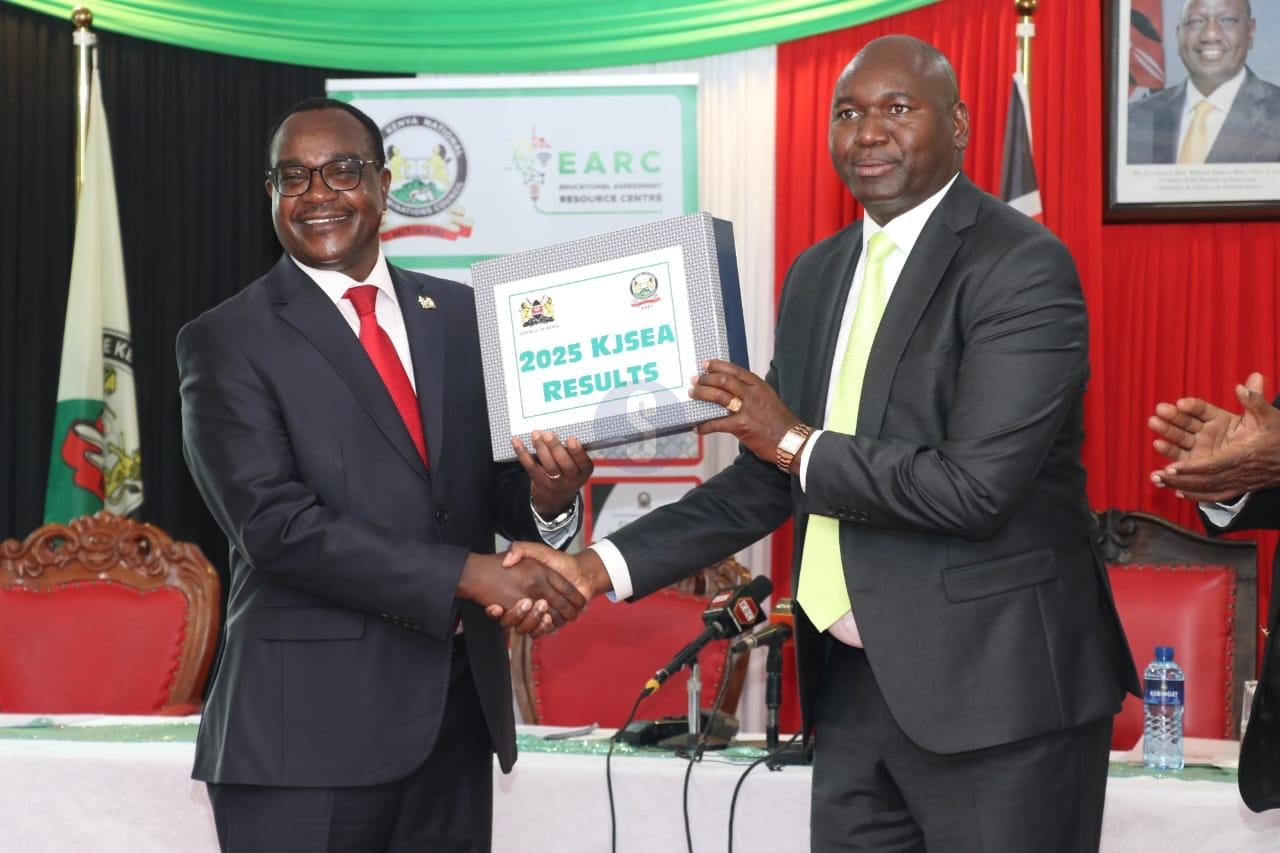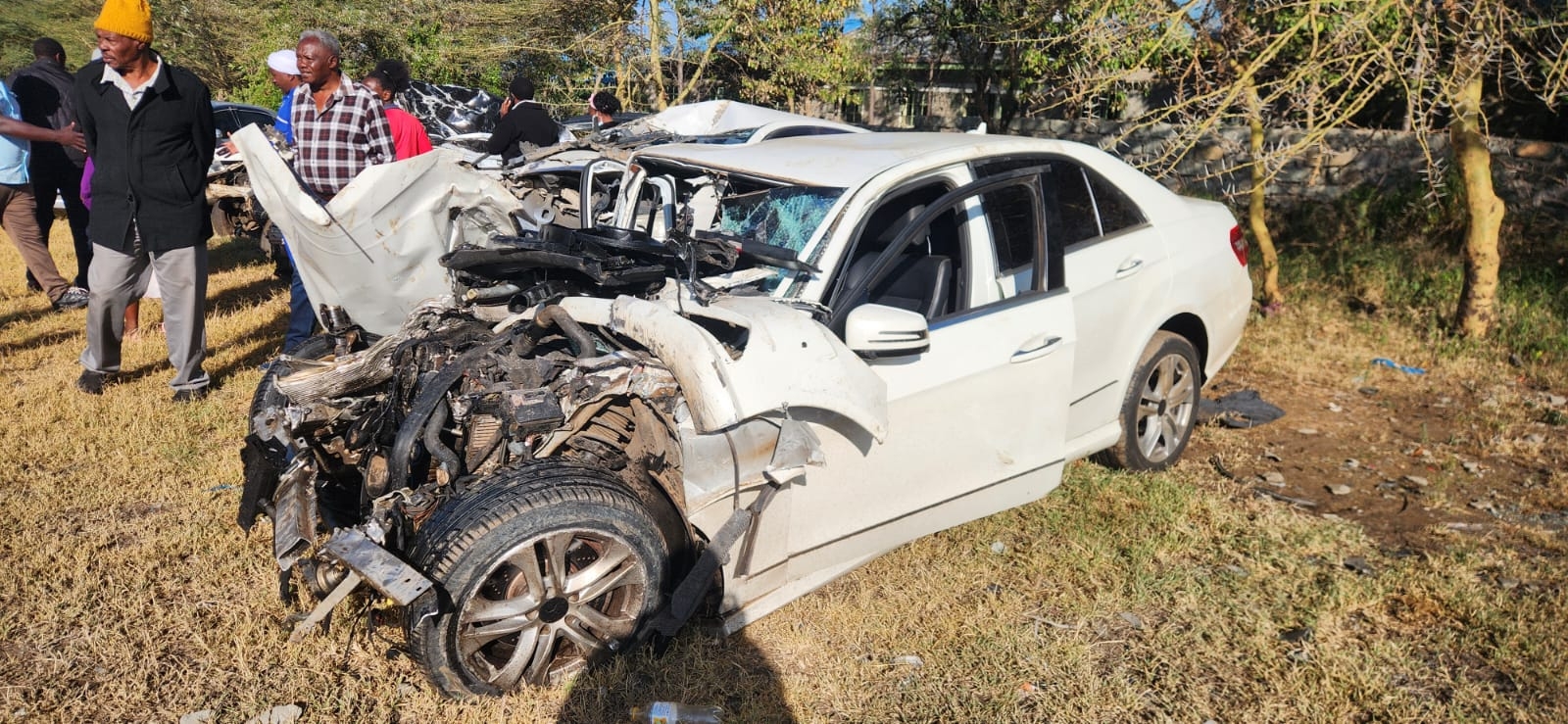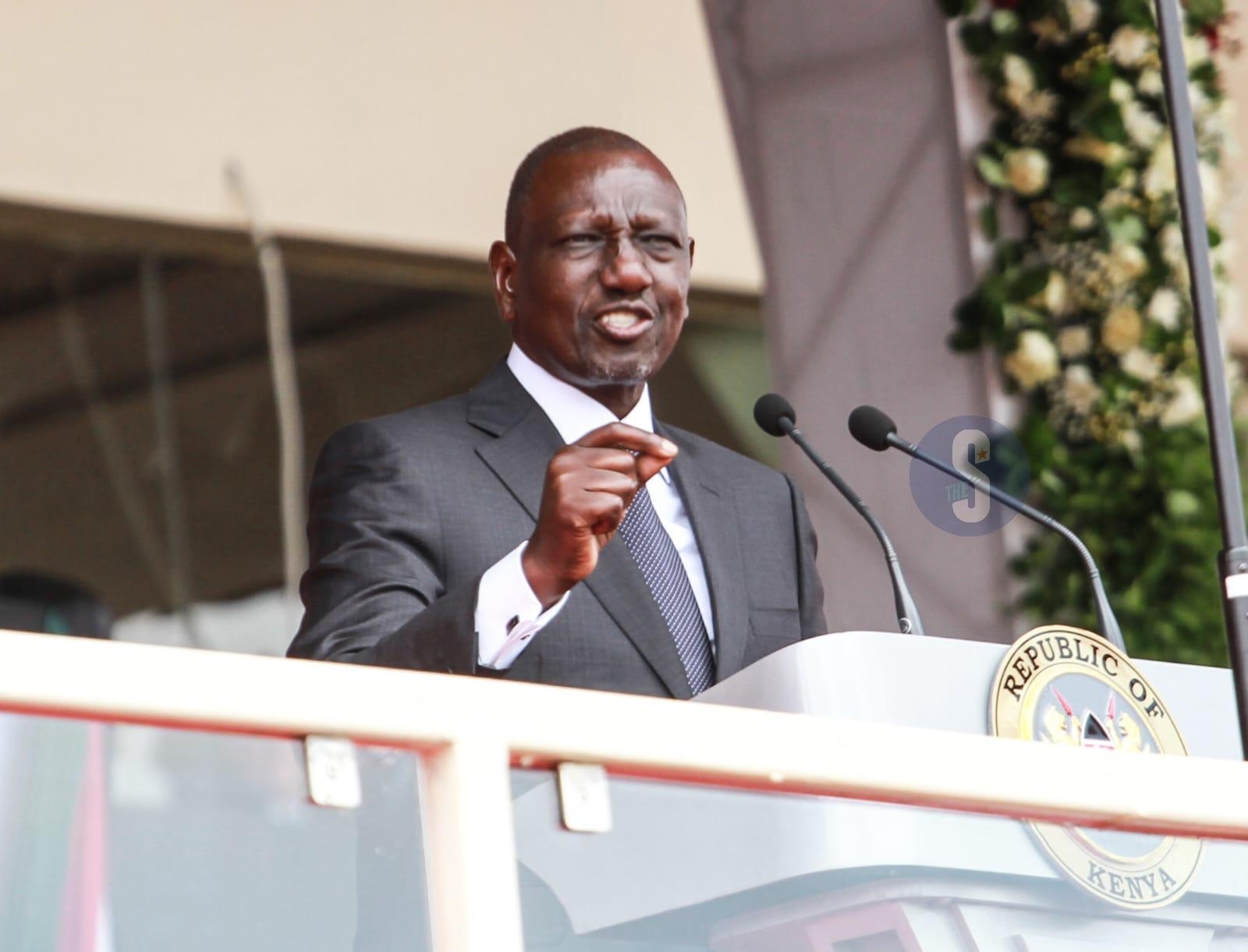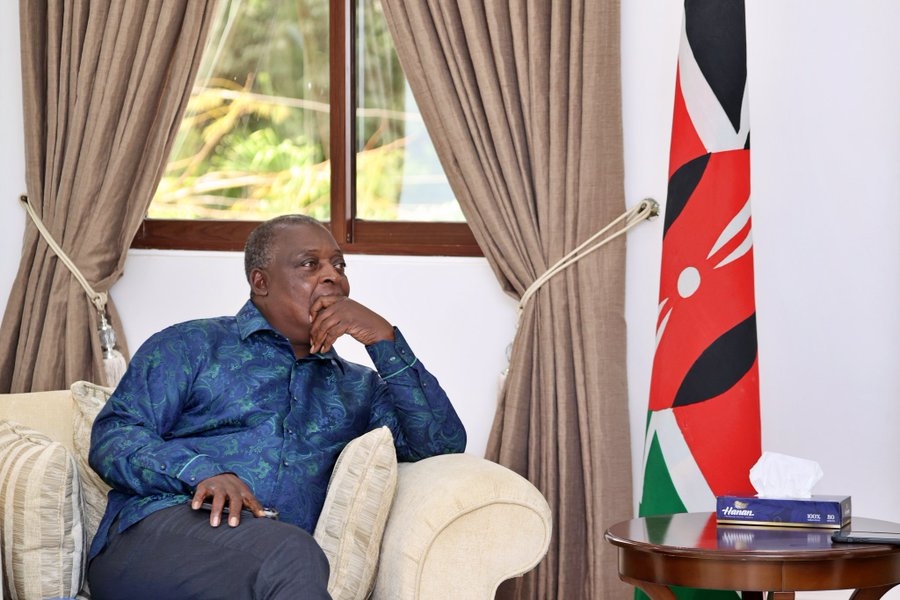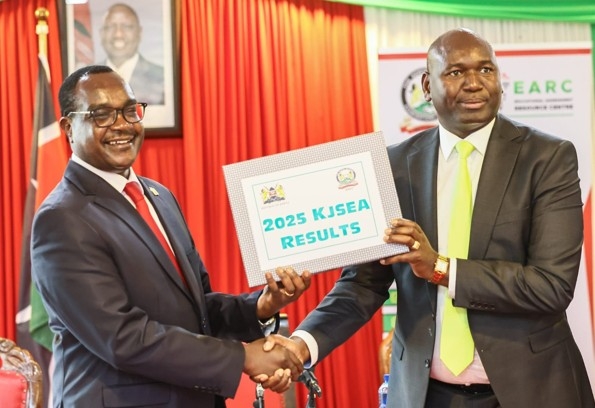 President William Ruto addressing leaders and businessmen from Siaya County at State House, Nairobi on June 5, 2025/ PCS
President William Ruto addressing leaders and businessmen from Siaya County at State House, Nairobi on June 5, 2025/ PCSPresident William Ruto has revealed plans to invest Sh1 billion to develop the Usenge Pier and the attendant port infrastructure to stimulate the blue economy in Siaya County.
Speaking at State House, Nairobi, where he hosted leaders and businessmen from Siaya, Ruto apprised them of the government’s projects in the region.
“We will also construct 16 markets in the County for Sh2.5 billion and allocate Sh1.6 billion in the connection of more than 16,000 households to power to drive entrepreneurship,” Ruto noted.
On May 30, 2025, Ruto, during the Blue Economy conference in Homa Bay County, spoke of plans to transform the country’s blue economy.
He cited the untapped potential of the Indian Ocean and the country’s inland water bodies.
This move, he said, is aimed at accelerating Kenya’s entry into the global deep-sea fishing industry and unlocking economic opportunities.
Speaking during Madaraka Day celebrations in Homa Bay, the President noted that towards boosting the blue economy, the government is building fish markets in different counties with cold storage.
They are intended to be completed by September 2025.
This was after Ruto and the former Prime Minister, Raila Odinga, officially opened the modern fish market at the Koginga Pier in Homa Bay County.
“The market features state-of-the-art facilities, including modern fish landing sheds, a communal kitchen and advanced cold storage units,” Ruto stated.
Nine additional landing sites are planned for Kisumu, Busia, Siaya, Migori, and Homa Bay, with a budget of Sh1.5 billion.
Ruto said post-harvest losses stand at 30–40 per cent. The new infrastructure aims to cut this and raise earnings in the sector.
The Blue Economy currently contributes Sh36 billion—0.6 per cent of GDP—but the President believes it can grow to Sh400 billion through investment in capture and culture fisheries.
To ease pressure on wild stocks and meet demand, caged fish farming is being promoted in Lake Victoria.
Over 4,000 cages have been set up in Kisumu, Siaya, Homa Bay, Migori, and Busia, producing 12,000 metric tonnes of Nile tilapia annually.


